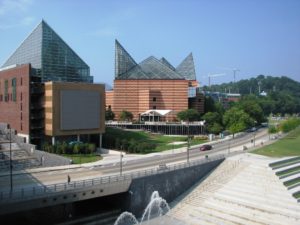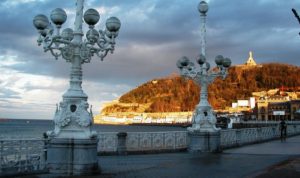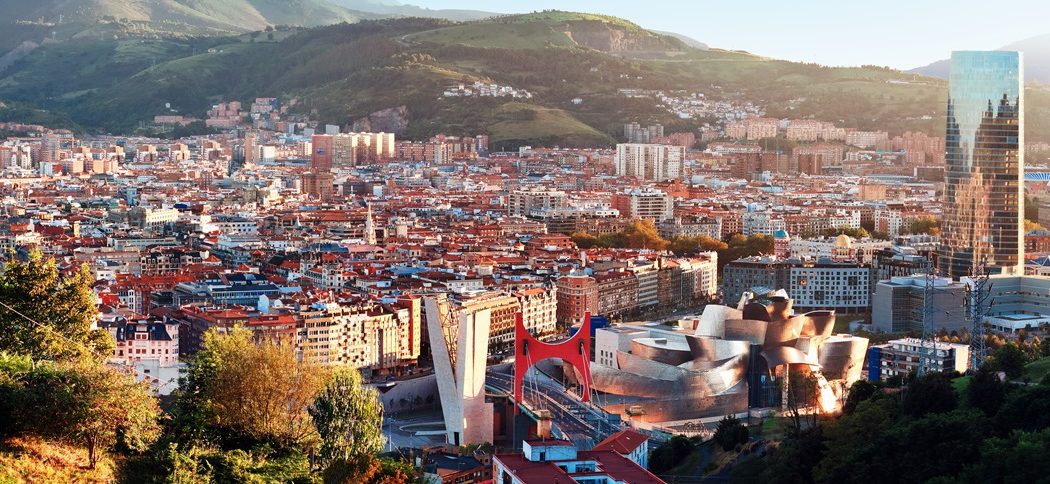Since the Frank Gehry-designed Guggenheim Museum opened in Bilbao, Spain in 1997, the “Bilbao Effect” has been both creed and catechism in the urban planning world.
Back then, so the legend goes, the tired old port of Bilbao was a basket case: polluted, filled with rotting heavy industry, crushed by unemployment, dying a slow death on every available measure. These days it is the very model of a modern European cultural destination, filled with new buildings and bustling cafés.
Literally a model, in fact: the “Bilbao Effect” is an established part of the urban planner’s lexicon. It enshrines the idea that, simply by investing heavily an iconic art gallery or museum, down-on-their-luck cities can embrace a dynamic new future.

Chattanooga’s excellent aquarium.
Photo by Storm Cunningham.
The 2008 book, Rewealth (McGraw-Hill Professional) perhaps did the best job of both explaining and exploding the myth. That book contained case studies on two of the most famous “back-from-the-dead” revitalization stories of the time: Bilbao and Chattanooga, Tennessee. The latter’s turnaround is often mistakenly credited to their eye-catching waterfront aquarium.
In both cases, the truth turned out to be very different from the PR campaigns launched by the architecture industry. It was a sustained, comprehensive revitalization process that turned these cities around, not simply the act of writing a check to an architect.
One way to understand the Bilbao effect is to interpret it not as points plotted on a graph, but as something more numinous – an exercise in branding, or (depending on one’s terminology) a necessary myth. From London’s emergence from fire in 1666 and New York’s recovery from the crack epidemic of the 1980s to Barcelona’s redevelopment after the 1992 Olympic Games, the story of a city rescuing itself is one we find hard to resist.
Yet, as Beatriz Garcia, who runs the Institute of Cultural Capital at the University of Liverpool suggests, this isn’t necessarily a bad thing; such narrative strategies are a vital ingredient of success, especially for once-great cities struggling to adapt to changed circumstances. “In 30 years of experiments, going back to cities such as Baltimore and Minneapolis, the one thing they share is an iconic intervention,” she says. “It might be an event, a piece of architecture or a revitalised waterfront. But you need something to help tell the story.” If art can’t change everything, then maybe stories can.
Such interventions need to be backed up by improvements on the ground, but they can have their own multiplying effect, she argued, not simply for outsiders but also longtime inhabitants, eager to feel renewed pride about the place in which they live. “Those effects are very provable. The city becomes a place you choose to stay in, as opposed to being the place you want to escape. It’s an act of storytelling.”
The fact that the debate about the Bilbao effect remains so vigorous shows how potent such narratives can be. Of the myriad facts and figures trumpeted by the Guggenheim, the number I found most arresting is 23,000 – the estimated number of articles on Bilbao published by the global news media in the past 12 months alone. Even if only a tiny fraction of readers ever visit, it is hard to believe such articles (including this one) would have been commissioned if a former shipbuilding town had not invested in a museum for contemporary art, one that happened to be extremely photogenic. Social media was still a pipe dream in 1997, or else it would be tempting to call the Bilbao effect something else: the Instagram effect, perhaps.

San Sébastian. Photo by Storm Cunningham.
But of course this carries its own dangers, particularly in a world where every city seems to be rebranding itself as a cultural hot spot, complete with “creative quarter” and signature architecture.
Indeed, Bilbao now has two rivals breathing down its neck: San Sébastian 100 kilometers away, which commissioned a Rafael Moneo-designed conference center soon after the Guggenheim; and Santander, whose €80 million art gallery by Renzo Piano opened earlier this year.
Bilbao risks less being a victim of its own success than something even more dangerous – being beaten at its own game.
Featured photo by Mik Man (via Adobe Stock) shows Bilbao, with the Guggenheim Museum in the lower right corner.

